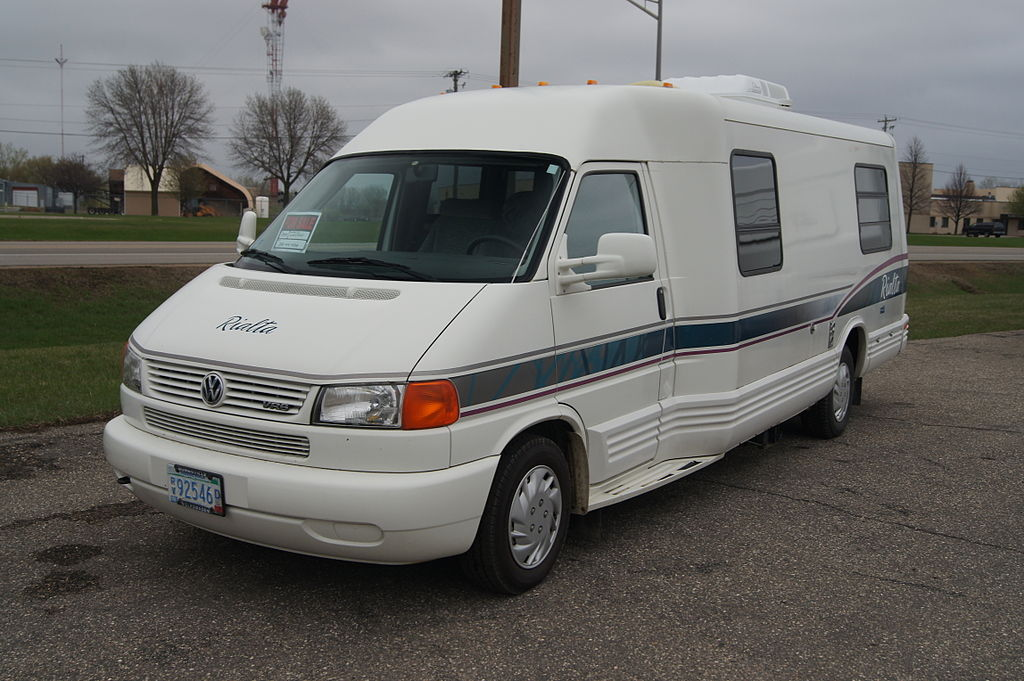Electric car technology has come a long way, but not every innovative idea has made it to market. Over the years, automakers have created some truly groundbreaking prototypes, only for these models to remain behind closed doors. Whether due to high production costs, changing trends, or technical challenges, these electric car prototypes stayed in the concept phase. Here’s a look at 15 famous electric car prototypes that almost hit the road but never made it to market.
Contents
GM EV1

The GM EV1 was a groundbreaking electric car in the late 1990s, featuring a lead-acid battery with a modest range of about 80 miles, later upgraded to a nickel-metal hydride battery for around 100 miles. Its sleek, aerodynamic design and innovative electric drivetrain paved the way for modern EVs. Despite enthusiastic customer reception, GM controversially recalled and destroyed most of the EV1s, citing high production costs and limited infrastructure, making it a symbol of lost potential in the EV world.
Volkswagen ID Buggy

The Volkswagen ID Buggy was a beach-ready, fun electric concept unveiled in 2019. Inspired by the classic Meyers Manx dune buggy, this model featured an open-top design, durable interior, and a 150 kW motor with an estimated 155-mile range. Volkswagen envisioned it as a playful, eco-friendly vehicle, but production never materialized, leaving it as an adventurous concept that hinted at Volkswagen’s commitment to exploring unique EV designs.
Jaguar E-Type Zero

The Jaguar E-Type Zero was an electric reinvention of the iconic E-Type sports car, capturing both nostalgia and modern sustainability. Boasting a 40 kWh battery and a range of about 170 miles, it offered the classic design of a vintage Jaguar with an electric twist. While it generated excitement among enthusiasts, high conversion costs and limited production meant it remained a fascinating concept rather than a widely available option.
Audi AI:ME

Audi’s AI:ME concept was a glimpse into the future of self-driving, urban electric mobility. This compact vehicle featured autonomous capabilities, a spacious interior designed for relaxation, and a sustainable, electric drivetrain. Despite its intriguing design and promise of hands-free city commuting, the AI:ME stayed in concept form, likely due to regulatory and technological hurdles in self-driving car production.
Mercedes-Benz Vision EQ Silver Arrow

Inspired by the Silver Arrow race cars of the 1930s, the Mercedes-Benz Vision EQ Silver Arrow was a single-seater electric concept with an ultra-futuristic design and advanced aerodynamics. It boasted a 750-horsepower electric motor and a sleek, retro-futuristic design. While it showcased Mercedes’ innovative vision, it was intended more as a design study, remaining a one-off prototype rather than a production model.
BMW i Vision Dynamics

The BMW i Vision Dynamics sedan concept represented BMW’s vision for a luxurious, high-performance electric future. Positioned between the i3 and i8 models, this car featured a range of 373 miles and a top speed of 120 mph. With its refined design and long-range potential, the concept was poised for success, but it never reached the market in this form, as BMW shifted focus to other electric models.
Honda EV-STER

The Honda EV-STER was a sleek, two-seater electric sports car concept that showcased Honda’s exploration of electric performance vehicles. This lightweight roadster aimed for a sporty drive with a small, agile design and was equipped with advanced control systems. Despite its potential appeal, the EV-STER remained a concept, as Honda decided to prioritize other projects over electric sports cars.
Rimac C_Two

The Rimac C_Two was a hypercar EV prototype designed to push performance boundaries with an astounding 1,914 horsepower and a 258 mph top speed. Aimed at demonstrating extreme electric performance, this high-speed model emphasized Rimac’s advanced engineering but remained a prototype, as full production was cost-prohibitive and better suited for concept demonstrations.
Porsche Mission E Cross Turismo

Porsche’s Mission E Cross Turismo was an electric concept designed for rugged terrain, featuring increased ride height and off-road capability. This adventure-oriented wagon was positioned as a versatile EV, but production never materialized as Porsche prioritized the Taycan line instead.
Chrysler ME Four-Twelve

Aimed at competing in the supercar segment, the Chrysler ME Four-Twelve hybrid prototype leaned heavily on electric power for performance. With a sleek design and potential for incredible speeds, it generated buzz but was ultimately too expensive to produce, leaving it as a tantalizing concept.
Chevrolet Bolt EV Concept

The original Bolt EV concept offered a glimpse into Chevrolet’s affordable EV ambitions, although it differed in many aspects from the eventual production model. With more premium materials and futuristic tech, the concept hinted at a bolder vision that was streamlined for cost efficiency in the final product.
Renault Morphoz

Renault’s Morphoz concept was a flexible EV with an expandable body and battery, allowing drivers to adjust length and range. Although innovative, the Morphoz faced practicality and production challenges, leaving it as an ambitious concept representing Renault’s modular vision for EVs.
Toyota Rhombus

Toyota’s Rhombus was a futuristic EV featuring a diamond-shaped cabin and unconventional seating layout. This compact urban vehicle was designed to appeal to younger city dwellers, but its unconventional design kept it as a design experiment rather than a commercial product.
Kia HabaNiro

The Kia HabaNiro was a crossover EV concept with an adventurous, rugged design and advanced tech features. It was meant to appeal to city and outdoor drivers alike, but Kia decided not to move forward with production, instead drawing inspiration for future models.
Mercedes-Benz B-Class Electric Drive

An early attempt at a luxury electric crossover, the B-Class Electric Drive prototype offered a preview of Mercedes’ EV ambitions. This model showcased Mercedes’ exploration into family-friendly EVs but was ultimately dropped as the company focused on larger models in the EQ lineup.
This article originally appeared in MyCarMakesNoise.
More from MyCarMakesNoise
8 RVs That Missed the Mark on Functionality

When it comes to RVs, functionality is key to enjoying life on the road. However, not every RV delivers the practicality and comfort travelers expect. In this list, we’ll look at 20 RVs that missed the mark on essential features, making them less ideal for extended trips or everyday use. Read More
16 Small Aircraft Manufacturers Shaping the Future of Aviation

The aviation industry is rapidly evolving, and small aircraft manufacturers are playing a significant role in shaping its future. These companies are pushing the boundaries of innovation, from electric propulsion to cutting-edge safety features. Read More
16 Most Advanced Submarines in Naval History

Submarines have played a crucial role in naval warfare for over a century, evolving into some of the most advanced machines ever built. From stealth technology to powerful weapon systems, these vessels are designed to operate in the most challenging environments. Read More














